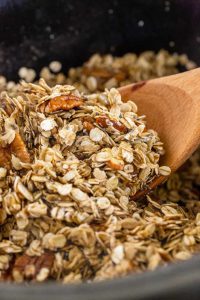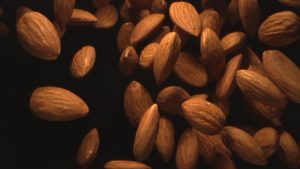Usually we don’t bother going through the dietary manuals or the serving sizes printed on the packaged foods but FYI they do have some really important information not just on calorie intake but other nutritional values too. However, it’s noteworthy that at times serving sizes are easy to misinterpret and follow. That’s why we picked up 5 of the most popularly misunderstood breakfast food serving sizes.
Breakfast Cereal

Known for giving you a perfect start to the day, breakfast cereal’s serving size printed at the back of the box is often ignored. Although we don’t measure the amount we put on our bowl, the recommended serving size of cereals for children is 25-30 grams and for adults is 30-45 grams (or 3/4 cup).
Granola

Granola as we know holds a reputation of a healthier alternative to breakfast cereals but it can have a large amount of calories. A typical serving of 2/3 cup of Granola is not a large quantity but still the calorie count clocks around 300.
Bananas

The common serving size of a banana is usually different from the actual size of the bananas available at most of the modern grocery stores. One medium banana which is almost 1.5 to 2 times smaller than the ones available in the market, is a standard serving. Bigger the better doesn’t quite fit here. A Large banana might mean more nutrition but a few more calories can make a difference especially in case of children.
Peanut Butter

Calorically, peanut butter is one of the most dense foods which means we consume a high amount of calories per serving. A standard serving size for peanut butter is 2 tablespoons which equals almost 200 calories. 2 tablespoons might not look enough but consuming it like a regular food item isn’t the best thing to do.
Raw Almonds

Dieticians and nutritionists never get tired praising protein-packed raw almonds. Having said that, consumers don’t shy away from diving into a bag of almonds with both hands. But that’s not what you call a balanced or standard serving.
So, one standard serving of raw almonds is much lesser than that. An adult shouldn’t consume over 12 raw almonds in one serving.

